For Students with Autism
The weather is warm, the sun is out and it’s got me thinking about ways to get my kiddos outside for P.E this September. Having a quality Physical Education Program is crucial in providing students with foundations for healthy living not to mention… it’s FUN!!! I mean who doesn’t love getting outside for games, sports, fitness and dancing while learning so many new skills a the same time. If you are a P.E teacher, you will no doubt have students with special education needs in your classroom. You might be wondering how you can remove barriers to participation for those students. A truly inclusive P.E program should be designed around your student’s strengths and needs, allowing several opportunities for all your kiddos to be successful. This might seem daunting if you’re not sure where to start. Sooooo what are some things that you can do as a P.E teacher to adapt your program to include students with special needs?
I’m sharing 5 things you can do to make your P.E program more successful for students with special education needs.
Tip #1 Visuals Visuals Visuals
New experiences and environments can trigger some major anxiety for kids on the spectrum. Having visual aids allow students to interact with their environment in a way that is safe and predictable. Create a visual schedule with a sequence of events so that your students know exactly what it expected of them and can predict what comes next. At the warm up centre, use visuals to help students count down warm up exercises or set up a visual mini schedule of warm up moves before moving onto the next activity. If your students need extra motivation, attach a reinforcer to their mini schedule. Click here below to grab your copy of my adapted warm up centre visuals.
Tip #2 Using Reinforcement
Reinforcement (ABA Code for Reward) is a great way to increase student engagement act as a great motivator. Many students on the spectrum may not be intrinsically motivated to join in group games. They may need a little extra motivation to participate in activities they are not really interested in. Why not introduce a little reward as an incentive? Use a preference assessment to find out what things your students like. To conduct a preference assessment, simply lay out your reinforcement and use the checklist below to observe what your kiddos gravitate towards. To give you a better of idea of what they might love the most, record how long your kiddos engaged with each object
Know what motivates your students with my preference Assessment Freebie.
This simple comprehension preference assessment freebie includes both a reinforcement survey and assessment data sheet. The reinforcement survey includes a variety of sensory, material, edible and activity reinforcement options along with free spaces to add your own.
Complete the assessment by simply exposing the child to a variety of reinforcement options for each category. Check off whether the child approached the item and if so for how long. This will determine what motivates each child the most.
.Click on the image below to grab your free copy of my Phys Ed Preference Assessment.
Tip #3 Individualize Instruction by Setting Realistic Goals for your Students
When working on your IEP goals for P.E., set measurable goals that you know are attainable and chunk each step for your students. Use a visual for each step and model these out explicitly for students. For example, if your student is learning to use hockey stick to hit a puck to a target, START SMALL and work your way to the goal. Work towards having your student independently pick up the hockey stick and hold firmly with two hands and look at the target. Always have a GOAL visual so you and your paras know what goal belongs to which centre.

Tip #4 Modify for Group Activities
When integrating your students into a group, look for different ways to modify activities so that student on the spectrum can successfully participate. When playing sports, modify equipment to make the sport more accessible for your sped students. Shorten, hockey sticks, lower basketball nets. For students with gross motor difficulties, pass and allow them to roll the ball rather then kick into the net or slow the pace of the game. Give students access to noise cancelling headphones for times when it gets too loud. Consult with your school Physical/Occupational Therapist to find out more about ways you can accommodate students with special needs into your P.E. program.
Play Beyond the Label is a fantastic duo of teachers that help support P.E educators in learning how they can best support special education students within quality P.E programs in Ontario Canada. Andrea Haefele and Laura Seckington host several workshops throughout the year that get teachers really excited about. Click the image to learn more about what they do
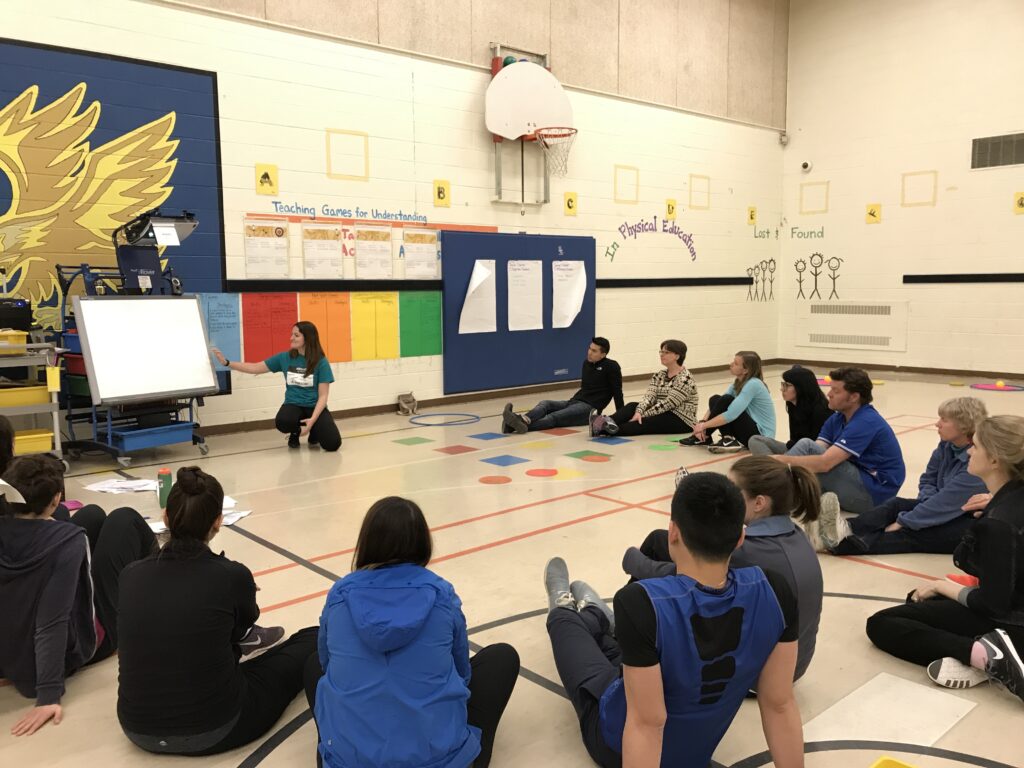
Tip # 5 Make it Stick!!! Regularly Incorporate Mastered Skills into a new lesson
Again, students on the spectrum thrive in predictable environments and most of all feel more confident when learning new games or activities that incorporate/generalize skills that they have already mastered. Before engaging the student in a game of Monkey See Monkey Do… make sure they have mastered a variety of different balance techniques. Modify balance activities using stationary bars.
Stick to these 5 tips and you will have a great sped P.E program set up in no time!!!!!

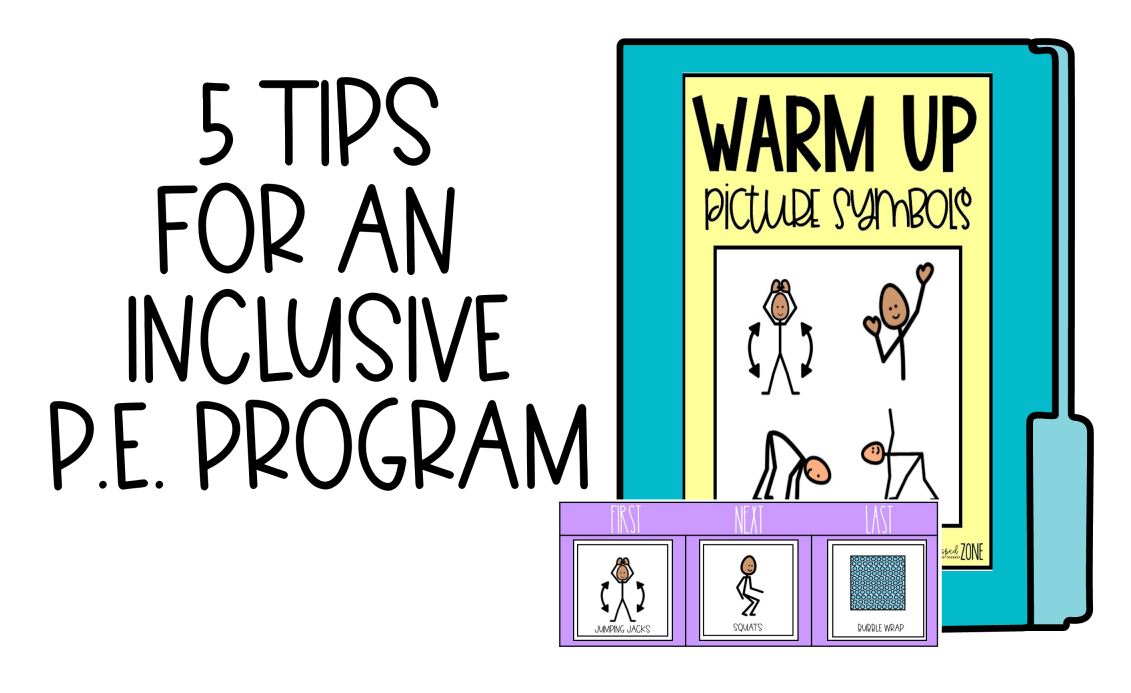
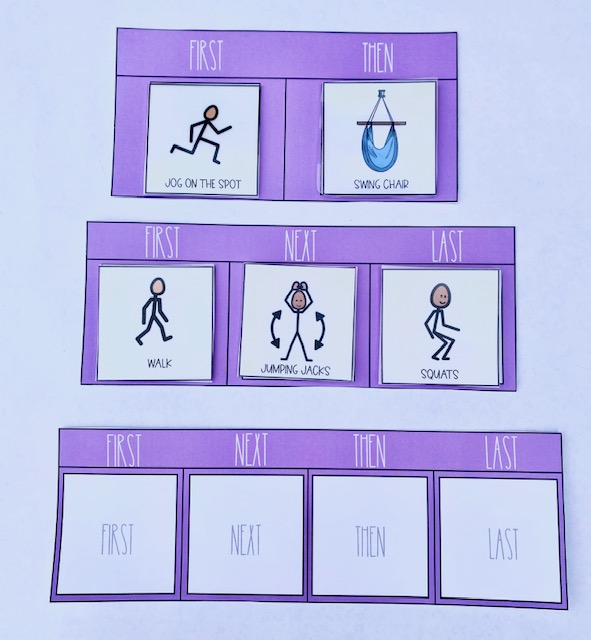
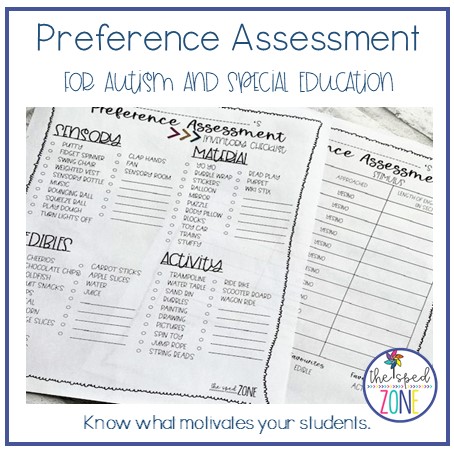
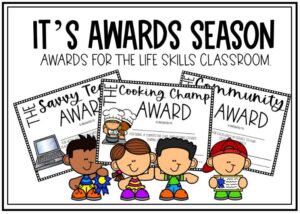
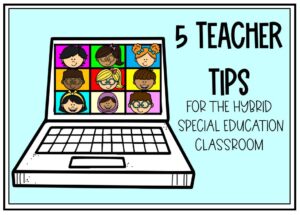

No Comments